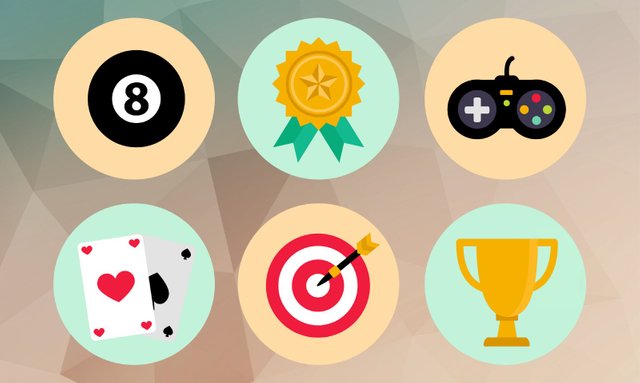Designing Rewards in Games
Every game publisher and designer struggles to some degree with the question of how to encourage players to continue using a game once the initial novelty has worn off. No matter how many new updates may be released, there is still the issue of player fatigue, which can occur as some gamers beat every level and are then prepared to move on.
However, games which offer incentives to players, ie virtual goods such as avatar skins, in-game currency, and other items have found enormous success because they have found ways of incentivizing player participation.
This doesn’t mean that all rewards added to games are going to be popular, and including such things without first understanding the interests and demographics of gaming communities is a move which may be a costly mistake.
But, if one has done the proper research and is preparing to design rewards for games, there are a number of categories to consider.
Type of rewards:
- Currency — Players receive currency which can be used in the game to level up, buy items or perform other actions.
- New items — Skins, weapons, and other accessories that are obtained through leveling up or completing various tasks or missions.
- Achievements — Anything that is bestowed on players for finishing a mission or participating in player tournaments.
- New players — Rewards given to players who have just started playing the game as encouragement to keep doing so.
- Narrative — Cut scenes that add to the overall narrative of the game.
- Locations — Unlocked by players who reach a specific level.
Within these broad categories of rewards for games there are many options, but by following such a basic criteria game publishers can design a system of perks which will appeal to a wide user base and maintain their player numbers in the long run.
